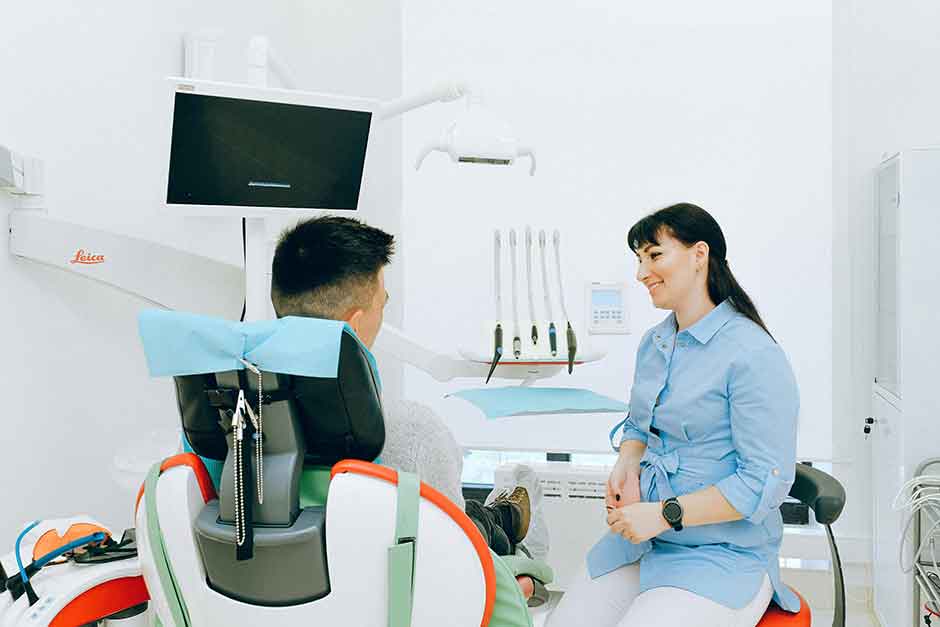6 Ways Surgeons Are Improving Results with New Tech

The operating room has always been a hotbed of new ideas, but recent tech breakthroughs are taking surgical care to the next level. From robots to instant data analysis, surgeons now have tools that do not boost accuracy but also lead to better patient outcomes. These breakthroughs help cut down on problems, speed up healing, and make surgeries safer and more effective. Here are six ways surgeons are using new tech to get better results for their patients.
1. Robot-Aided Surgery to Increase Accuracy
Robotic-assisted systems have caused a revolution in the way doctors perform many surgeries. These systems give surgeons better dexterity and control, often through smaller cuts. This has an impact on patients, causing less harm to the body, less blood loss, and faster healing.
Robotic platforms prove helpful in tricky procedures like prostate removals, heart surgeries, and women’s health operations. With 3D views and scaled movements, surgeons can do delicate work with accuracy that would be hard to match using old methods.
2. Real-Time Imaging and Navigation Systems
Real-time CT MRI, and fluoroscopy imaging technologies give surgeons a better view of the surgical area as they operate. These tools help doctors perform procedures with extreme precision, lowering the chance of harming nearby tissues.
Navigation systems, often likened to GPS for the human body, let doctors keep track of instruments and body parts during surgery. This proves useful in brain and bone operations where accuracy down to the millimeter can affect how well patients recover.
3. Advanced Hemostatic and Tissue-Sealing Solutions
Keeping bleeding under control and sealing tissues plays a key role in surgical success. New hemostatic agents and sealants help surgeons tackle these challenges more. These products cut down on the need for stitches or burning tissue, reduce blood loss, and speed up healing.
Baxter Advanced Surgery stands out as a top player in this field offering a wide range of tools to help surgeons get better results. Their products are seen used across many specialties to boost safety and streamline work in the operating room.
4. Artificial Intelligence and Predictive Analytics
AI has an influence on surgical suites by looking at big data sets to help doctors make choices. It can spot patterns, guess what might go wrong, and suggest the best way to do surgery based on each patient’s info.
Tools that predict outcomes are now used to plan before surgery and take care of patients after surgery. By guessing risks and changing how they treat each person, surgeons can cut down on problems and help patients get better faster.
5. Wearable Tech and Remote Monitoring
Taking care of patients after surgery is just as key as the operation itself. Devices you can wear now let doctors keep an eye on vital signs of how much people move, and other signs of recovery. These tools give quick updates to both patients and their care teams, so they can step in fast if something starts to go wrong.
Remote monitoring systems cut down on the need to visit doctors in person. This makes recovery easier and more accessible for people who live in rural or underserved areas.
6. Smart Surgical Instruments and Automation
Surgical tools are getting smarter. They now have built-in sensors that give feedback on pressure, temperature, and position. These tools help surgeons keep their technique on point and avoid mistakes during tricky procedures.
We’re also seeing automation in areas like stitching, stapling, and even cutting tissue. These advances lead to less variation and better consistency and let surgical teams zero in on making crucial decisions instead of doing repetitive tasks.
Conclusion
Technology has a big impact on the surgical scene. Surgeons now have many new tools to work with, like robots, live imaging, AI, and smart gadgets. These tools help them do better safer operations and get better results for patients. As these new ideas keep getting better, surgery in the future looks like it’ll be more high-tech tailored to each person and work even better. By using these new tools, surgeons are raising the bar for top-notch patient care.


